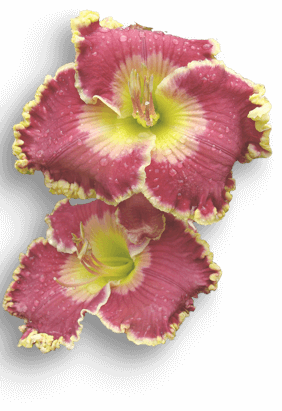Disease causing organisms (pathogens) and environmental conditions all play a role in crown and root rots of plants. Daylilies are susceptible to fungal rots caused by organisms such as Fusarium, Phytophthora, Sclerotium, Rhizoctonia and Pythium, as well as bacterial soft rot involving Erwinia. In 2004 daylilies were discovered to be susceptible to Armillaria, or shoestring root rot. Symptoms of rotting can include poor growth, wilting, yellowing of leaves, obviously mushy tissue and death of the plant. Bacterial soft rot is well known for its particularly foul smell.
Overwatering, overfertililization and other poor soil conditions and plant stresses favour rot diseases. While fungal pathogens can invade intact plant tissue, bacteria can only infect through existing openings such as an injury from garden tools, pests, other diseases, frost damage etc.
In gardens where daylily rot is frequent, assistance in diagnosing the cause can be obtained by submitting a diseased plant to a diagnostic laboratory. Contact your local Master Gardeners or Extension Office for information on where to send a specimen.
See also: Diseases

